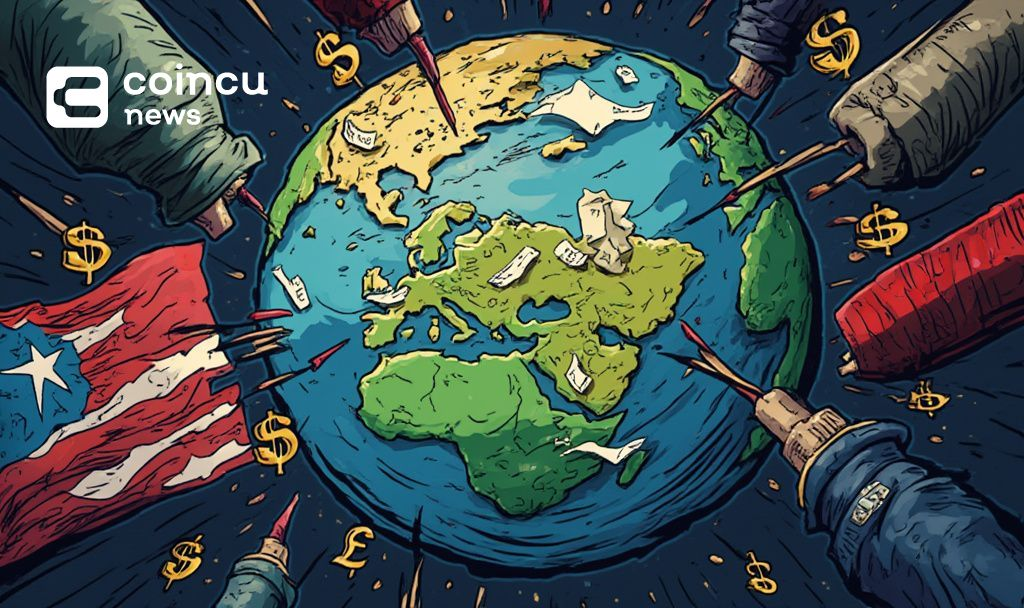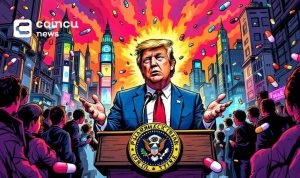- U.S. President Trump signs tariff executive orders impacting global trade.
- Tariffs range from 10% to 49% on various countries.
- Retaliation expected from EU and Canada, affecting markets.

The U.S. has imposed effective tariffs, impacting global trade, as retaliatory measures loom.
On April 2, 2025, President Donald Trump signed executive orders establishing tariffs on imports at the White House. The decision to introduce reciprocal tariffs affects global trade partnerships and spurs retaliatory measures, causing significant market volatility.
Trump’s Executive Orders Trigger 10%-34% Tariffs on Imports
President Trump enacted executive orders for a 10% baseline tariff on all imports beginning April 5, 2025, and imposed specific reciprocal tariffs targeting multiple trading partners, effective from April 9, 2025. China faces 34% tariffs, while the European Union faces 20%, as part of Trump’s efforts to correct trade imbalances and promote U.S. manufacturing.
Market reactions show immediate downturns in stock prices for major companies like Apple and Amazon. European Commission President Ursula von der Leyen announced a prepared counter-plan, and Canadian Prime Minister Mark Carney warned of counter-tariffs against the U.S., leading to strained relations.
Trump’s efforts to correct trade imbalances and promote U.S. manufacturing
Analysts Warn of Prolonged Global Trade Conflicts
“Strong counter-plan ready” to respond to these tariffs,” stated Ursula von der Leyen.
In 2025, Trump’s tariffs on China marked one of the highest rates imposed, echoing past tariff strategies used in earlier trade disputes.
Historically, Trump’s tariffs act as a geopolitical instrument affecting multilateral trade. Prior measures against Chinese imports set a precedent for counter-tariffs. Now, broader applications reveal heightened trade tensions.
Analysts predict the move could lead to prolonged global trade conflicts, potentially affecting U.S. consumer prices and supply chain dynamics significantly. The tariffs’ enforcement aligns with Trump’s pursuit of mitigating trade imbalances, though experts like Rep. Suzan DelBene criticize the policy for creating “chaos and dysfunction.”
“We are introducing a 10% minimum baseline tariff on all imports to address trade imbalances and boost domestic manufacturing.”
The introduction of these new tariffs could escalate trade tensions globally and lead to significant market volatility.























